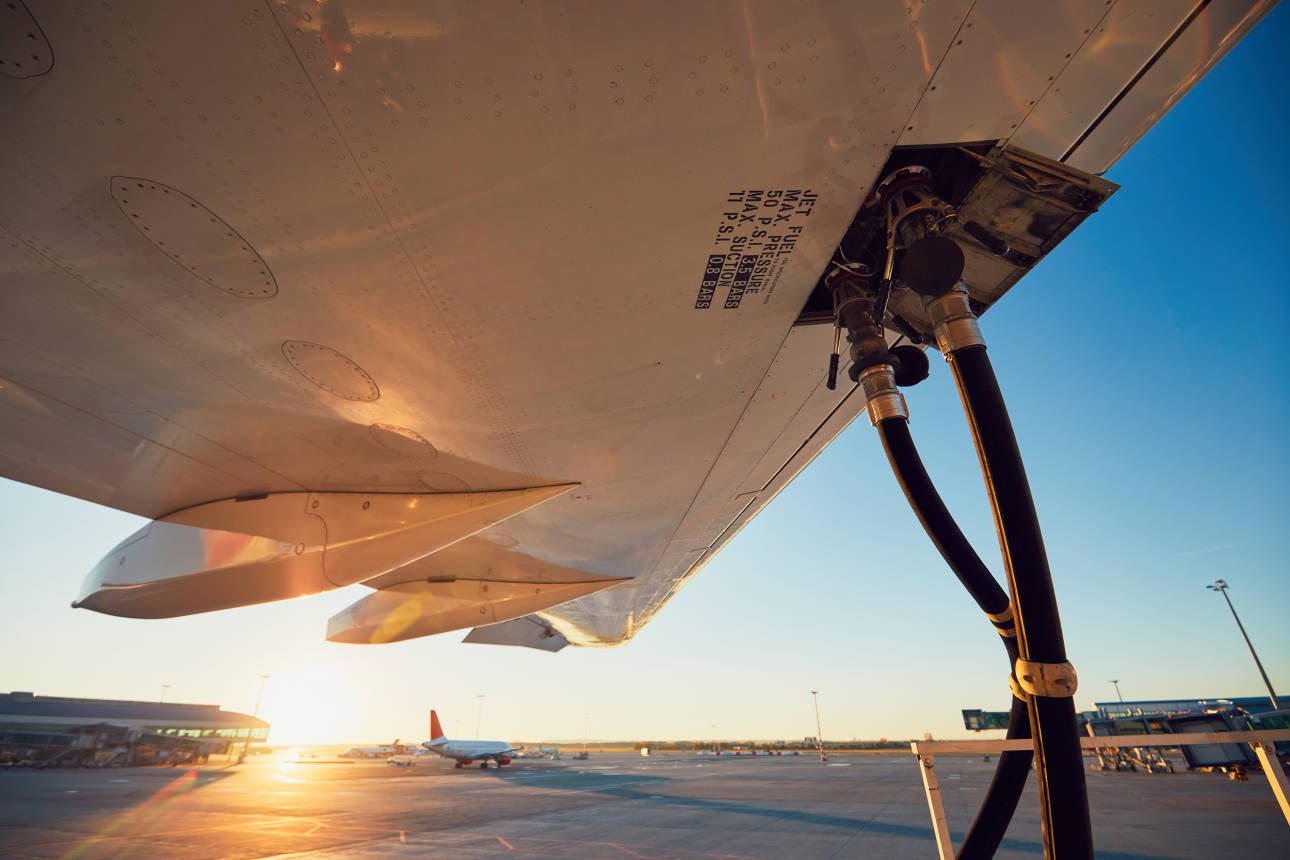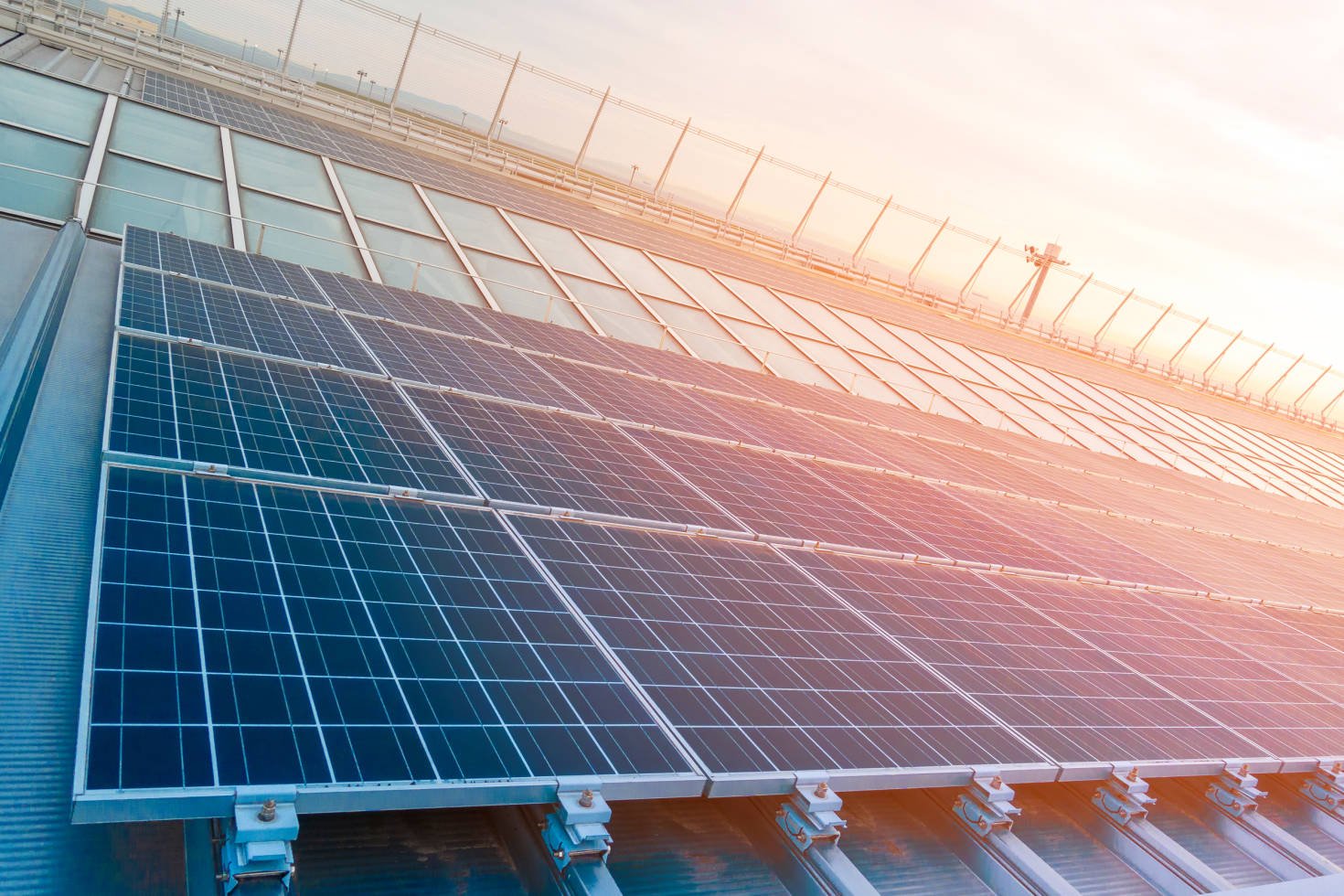


Sustainability must become the cornerstone of the industry’s new normal.
Build back better
ANSPs worldwide will continue to promote sustainability globally through a number of other key initiatives and technologies. The ultimate aim is to achieve the industry commitment to reduce emissions to 50% of 2005 levels by 2050.
Performance-based navigation, for example, covers a wide range of procedural enhancements, including precision approaches and departures, that will cut the time an aircraft is in the air and its resultant emissions. Air traffic flow management and free route airspace similarly create the most efficient trajectories for users. Such enhancements were already in place at various spots around the world and will be developed further in the years ahead.
But perhaps the biggest improvement will come from managing capacity. How quickly demand will return after the coronavirus pandemic is anybody’s guess. But it is imperative for all stakeholders to collaborate to assure demand is met without under or over-capacity. Either scenario is inefficient and causes unnecessary environmental problems.
Capacity optimisation will help to improve the environmental performance of the industry and ensure it has a sustainable future.
Environmental responsibility remains at the heart of aviation. Despite the severe economic shock to the industry caused by the COVID-19 outbreak, investment in green technologies and processes continues to top the agenda.
But, as air traffic remains low for now, CANSO has initiated a ‘perfect flight’ concept in conjunction with other stakeholders.
Tanja Grobotek, CANSO Director Europe Affairs explains: “CANSO and our partners are using this downtime to facilitate optimum flight paths that will deliver environmental and economic benefits by reducing fuel burn, emissions, noise and fuel costs.”
The many airspace restrictions that usually apply to maximise capacity, can easily be lifted, enabling more direct routes and optimal vertical profiles for aircraft. “There is no reason right now why an aircraft should not be flying its ‘perfect flight,’” Grobotek added.
CANSO has also illustrated its commitment by calling for the prioritisation of specific decarbonisation initiatives in the European Union’s (EU) COVID-19 recovery funding.
A cross-section of industry stakeholders also signed a letter to EU leaders that notes the current crisis should be seen “as an opportunity to build back better by reducing carbon emissions from flying in the most cost-efficient way”.
Perfect flight

Tanja Grobotek
CANSO Director Europe Affairs
“CANSO and our partners are using this downtime to facilitate optimum flight paths that will deliver environmental and economic benefits by reducing fuel burn, emissions, noise and fuel costs.”

COVID-19 has shown that early action is critical in achieving set objectives. The letter accordingly points out that “delaying or reducing the rate at which emission reductions are made today is not an option as it will require more ambitious cuts in the future”. Accelerating the transformation to green technologies will also pave the way for a more resilient tourism sector.
But the green recovery requires significant investment. Funding must therefore be eligible under Next Generation EU and the new Multi-annual Financial Framework (MFF) mechanisms. And public money must be combined with private investment to develop the industry toward the EU goal of climate neutrality by 2050.
Such financial measures will help aviation regain its economic viability, safeguard air connectivity and support the industry’s ability to keep investing in decarbonisation.
Future funding
“delaying or reducing the rate at which emission reductions are made today is not an option as it will require more ambitious cuts in the future”
A series of proposals related to the European arena have been put forward to keep aviation on a sustainable track.

Modern aircraft are significantly more fuel efficient than older models and so reduce emissions. On average, new aircraft models are 20-25% more fuel-efficient and produce less noise compared with previous generations. An incentive scheme using public funds would speed up the green transition.
Implement a green incentive scheme for airlines to replace older aircraft.

The correct policy measures and significant public investment are vital if SAF are to achieve critical mass. This includes direct capital investment in SAF production facilities, de-risking projects and encouraging off-take contracts with aircraft operators. The construction and funding of commercial scale SAF projects should follow globally approved technology pathways.
Boost production of sustainable aviation fuels (SAF).
Recovery funds could inject additional capital beyond that already allocated for green technologies. Disruptive technologies and innovative fuels, including hydrogen, can generate notable emissions reductions.
Increase public funding and public co-funding rates for civil aviation research and innovation (Clean Aviation and SESAR).

Projects related to energy efficiency, renewable energy and electrification must be eligible for funding. Such projects include improving the energy efficiency of terminal buildings, renewable energy generation on-site, the supply of electrical ground power to aircraft on stand and the electrification of ground vehicle fleets. Research related to the infrastructure and handling logistics needed to support the deployment of SAF, hydrogen and electrified aircraft should also receive investment.
Investment in sustainable infrastructure.
Temporarily providing 100% public funding for the deployment of SESAR technologies with proven sustainable and environmental benefits would enhance the benefits of the Single European Sky. These funds could be used to increase the co-funding rates for SESAR deployment beyond the amount of money provided through the Connecting Europe Facility (CEF) or address short term liquidity issues. Such funds should also benefit all stakeholders that will need to contribute to the deployment of new technologies, including airports, airspace users and air navigation services providers.
Continued investment in the air traffic management system (ATM).

Dutch ANSP, LVNL, is continuing with its smart and sustainable strategy aimed at reducing aviation emissions.
LVNL case study
Restructuring Dutch airspace is a key component. Working with government and military alongside Maastricht Upper Airspace Control (MUAC), the redesign aims to improve airspace capacity and so enable optimal flight profiles. Results are expected by 2023.
Also in 2023, LVNL will be integrated with Air Force Command. Civilian and military air traffic controllers will join forces to provide air traffic services in the Netherlands’ lower airspace in the Netherlands. A new air traffic control system, iCAS, will further streamline services. iCAS offers a wide range of improvements, including trajectory-based operations and compatibility with neighbouring airspaces.


EU Proposals


Airspace Article
Build back better
Sustainability must become the cornerstone of the industry’s new normal.

Read full article

Environmental responsibility remains at the heart of aviation. Despite the severe economic shock to the industry caused by the COVID-19 outbreak, investment in green technologies and processes continues to top the agenda.
ANSPs worldwide will continue to promote sustainability globally through a number of other key initiatives and technologies. The ultimate aim is to achieve the industry commitment to reduce emissions to 50% of 2005 levels by 2050.
Performance-based navigation, for example, covers a wide range of procedural enhancements, including precision approaches and departures, that will cut the time an aircraft is in the air and its resultant emissions. Air traffic flow management and free route airspace similarly create the most efficient trajectories for users. Such enhancements were already in place at various spots around the world and will be developed further in the years ahead.
But perhaps the biggest improvement will come from managing capacity. How quickly demand will return after the coronavirus pandemic is anybody’s guess. But it is imperative for all stakeholders to collaborate to assure demand is met without under or over-capacity. Either scenario is inefficient and causes unnecessary environmental problems.
Capacity optimisation will help to improve the environmental performance of the industry and ensure it has a sustainable future.
Perfect flight
But, as air traffic remains low for now, CANSO has initiated a ‘perfect flight’ concept in conjunction with other stakeholders.
Tanja Grobotek, CANSO Director Europe Affairs explains: “CANSO and our partners are using this downtime to facilitate optimum flight paths that will deliver environmental and economic benefits by reducing fuel burn, emissions, noise and fuel costs.”
The many airspace restrictions that usually apply to maximise capacity, can easily be lifted, enabling more direct routes and optimal vertical profiles for aircraft. “There is no reason right now why an aircraft should not be flying its ‘perfect flight,’” Grobotek added.
CANSO has also illustrated its commitment by calling for the prioritisation of specific decarbonisation initiatives in the European Union’s (EU) COVID-19 recovery funding.
A cross-section of industry stakeholders also signed a letter to EU leaders that notes the current crisis should be seen “as an opportunity to build back better by reducing carbon emissions from flying in the most cost-efficient way”.
Future funding
COVID-19 has shown that early action is critical in achieving set objectives. The letter accordingly points out that “delaying or reducing the rate at which emission reductions are made today is not an option as it will require more ambitious cuts in the future”. Accelerating the transformation to green technologies will also pave the way for a more resilient tourism sector.
But the green recovery requires significant investment. Funding must therefore be eligible under Next Generation EU and the new Multi-annual Financial Framework (MFF) mechanisms. And public money must be combined with private investment to develop the industry toward the EU goal of climate neutrality by 2050.
Such financial measures will help aviation regain its economic viability, safeguard air connectivity and support the industry’s ability to keep investing in decarbonisation.
EU Proposals
A series of proposals related to the European arena have been put forward to keep aviation on a sustainable track.
Implement a green incentive scheme for airlines to replace older aircraft.
Modern aircraft are significantly more fuel efficient than older models and so reduce emissions. On average, new aircraft models are 20-25% more fuel-efficient and produce less noise compared with previous generations. An incentive scheme using public funds would speed up the green transition.
Boost production of sustainable aviation fuels (SAF).
The correct policy measures and significant public investment are vital if SAF are to achieve critical mass. This includes direct capital investment in SAF production facilities, de-risking projects and encouraging off-take contracts with aircraft operators. The construction and funding of commercial scale SAF projects should follow globally approved technology pathways.
Increase public funding and public co-funding rates for civil aviation research and innovation (Clean Aviation and SESAR).
Recovery funds could inject additional capital beyond that already allocated for green technologies. Disruptive technologies and innovative fuels, including hydrogen, can generate notable emissions reductions.
Investment in sustainable infrastructure.
Projects related to energy efficiency, renewable energy and electrification must be eligible for funding. Such projects include improving the energy efficiency of terminal buildings, renewable energy generation on-site, the supply of electrical ground power to aircraft on stand and the electrification of ground vehicle fleets. Research related to the infrastructure and handling logistics needed to support the deployment of SAF, hydrogen and electrified aircraft should also receive investment.
Continued investment in the air traffic management system (ATM).
Temporarily providing 100% public funding for the deployment of SESAR technologies with proven sustainable and environmental benefits would enhance the benefits of the Single European Sky. These funds could be used to increase the co-funding rates for SESAR deployment beyond the amount of money provided through the Connecting Europe Facility (CEF) or address short term liquidity issues. Such funds should also benefit all stakeholders that will need to contribute to the deployment of new technologies, including airports, airspace users and air navigation services providers.
LVNL case study
Restructuring Dutch airspace is a key component. Working with government and military alongside Maastricht Upper Airspace Control (MUAC), the redesign aims to improve airspace capacity and so enable optimal flight profiles. Results are expected by 2023.
Also in 2023, LVNL will be integrated with Air Force Command. Civilian and military air traffic controllers will join forces to provide air traffic services in the Netherlands’ lower airspace in the Netherlands. A new air traffic control system, iCAS, will further streamline services. iCAS offers a wide range of improvements, including trajectory-based operations and compatibility with neighbouring airspaces.
Dutch ANSP, LVNL, is continuing with its smart and sustainable strategy aimed at reducing aviation emissions.